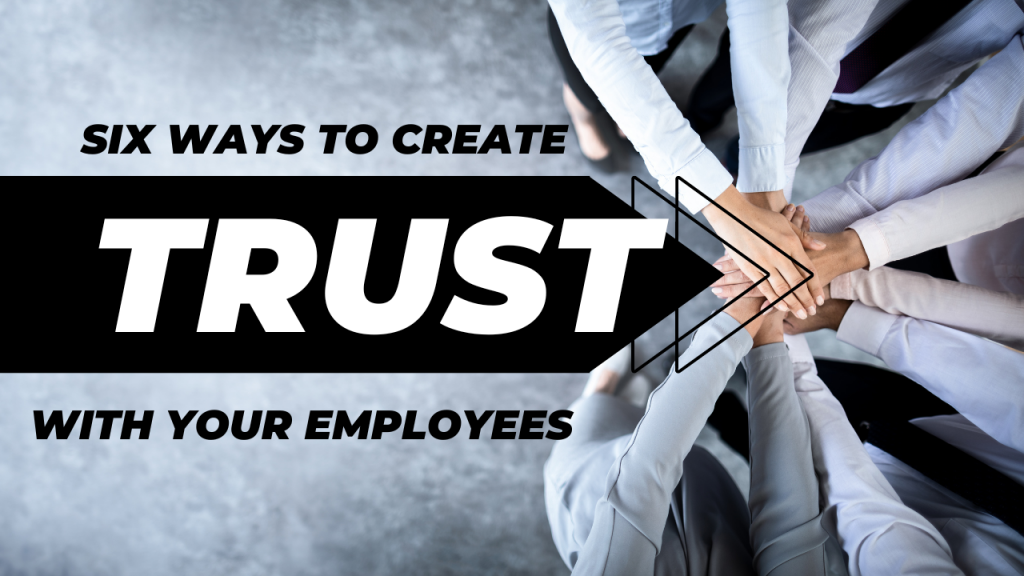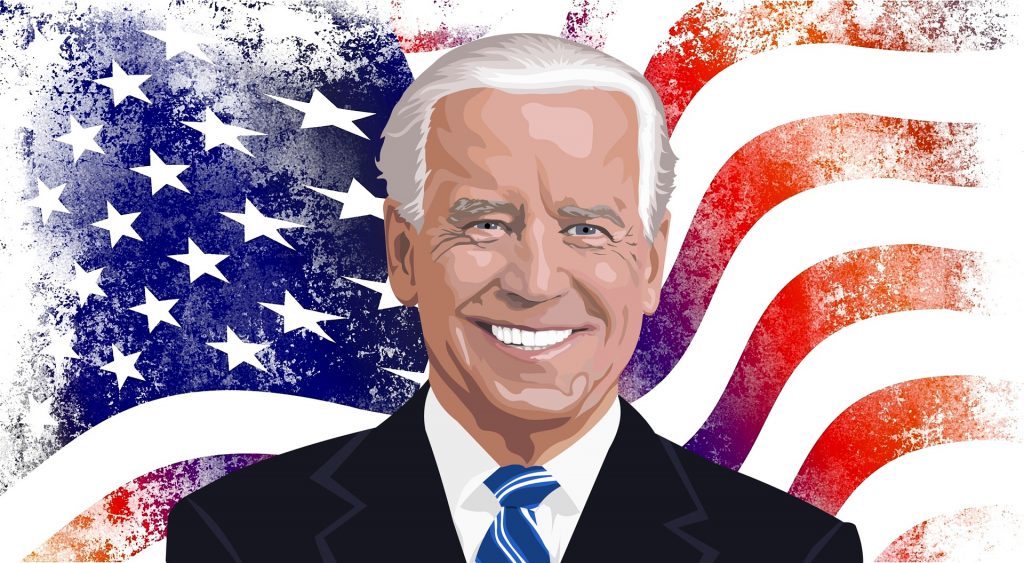
GUEST POST from Mike Shipulski
I stand by my statement that trust is the most important element in business (see The Trust Network.)
The Trust Network are the group of people who get the work done. They don’t do the work to get promoted, they just do the work because they like doing the work. They don’t take others’ credit (they’re not striving,) they just do the work. And they help each other do the work because, well, it’s the right thing to do.
Sometimes, they use their judgement to protect the company from bad ideas. But to be clear, they don’t protect the Status Quo. They use their good judgement to decide if a new idea has merit, and if it doesn’t, they try to shape it. And if they can’t shape it, they block it. Their judgement is good because their mutual trust allows them to talk openly and honestly and listen to each other. And through the process, they come to a decision and act on it.
But there’s another side to the Trust Network. They also bring new ideas to the company.
Trying new things is scary, but the Trust Network makes it safe. When someone has a good idea, the Network positively reinforces the goodness of the idea and recommends a small experiment. And when one installment of positivity doesn’t carry the day, the Trust Network comes together to create the additional positivity need to grow the idea into an experiment.
To make it safe, the Trust Network knows to keep the experiment small. If the small experiment doesn’t go as planned, they know there will be no negative consequences. And if the experiment’s results do attract attention, they dismiss the negativity of failure and talk about the positivity of learning. And if there is no money to run the experiment, they scare it up. They don’t stop until the experiment is completed.
But the real power of the Trust Network shows its hand after the successful experiment. The toughest part of innovation is the “now what” part, where successful experiments go to die. Since no one thought through what must happen to convert the successful experiment to a successful product, the follow-on actions are undefined and unbudgeted and the validated idea dies. But the Trust Network knows all this, so they help the experimenter define the “then what” activities before the experiment is run. That way, the resources are ready and waiting when the experiment is a success. The follow-on activities happen as planned.
The Trust Network always reminds each other that doing new things is difficult and that it’s okay that the outcome of the experiment is unknown. In fact, they go further and tell each other that the outcome of the experiment is unknowable. Regardless of the outcome of the experiment, the Trust Network is there for each other.
To start a Trust Network, find someone you trust and trust them. Support their new ideas, support their experiments and support the follow-on actions. If they’re afraid, tell them to be afraid and run the experiment. If they don’t have the resources to run the experiment, find the resources for them. And if they’re afraid they won’t get credit for all the success, tell them to trust you.
And to grow your Trust Network, find someone else you trust and trust them. And, repeat.
Image credit: Unsplash
![]() Sign up here to join 17,000+ leaders getting Human-Centered Change & Innovation Weekly delivered to their inbox every week.
Sign up here to join 17,000+ leaders getting Human-Centered Change & Innovation Weekly delivered to their inbox every week.










